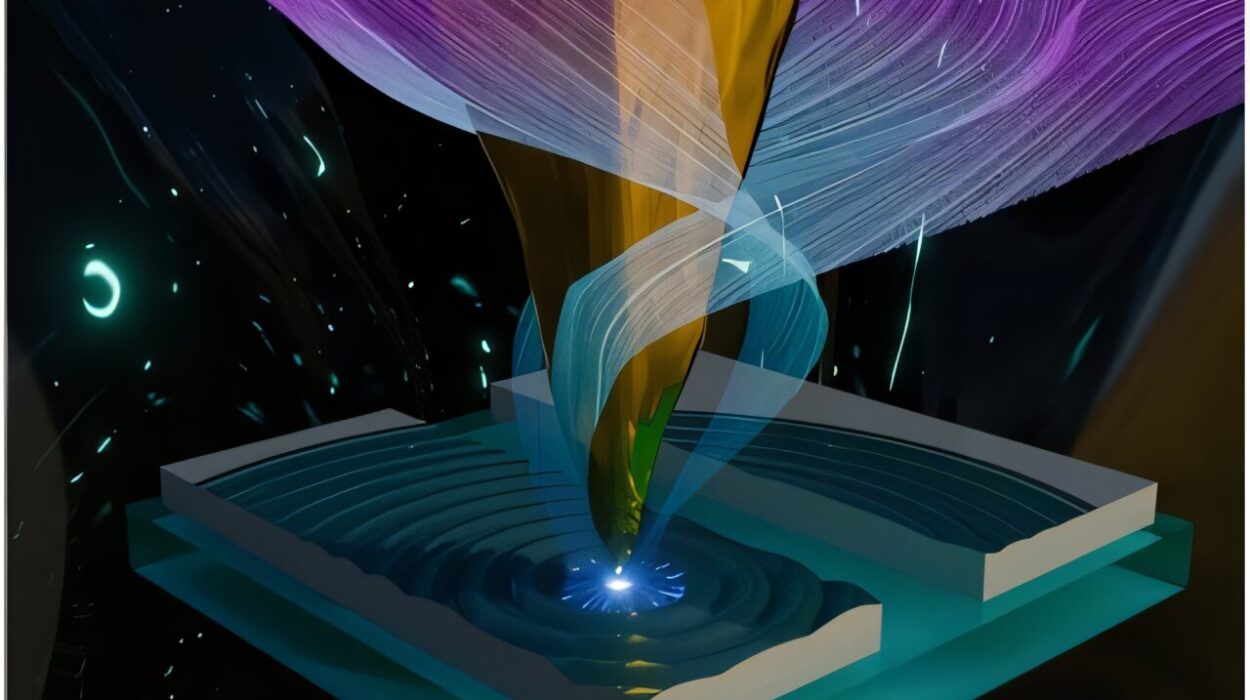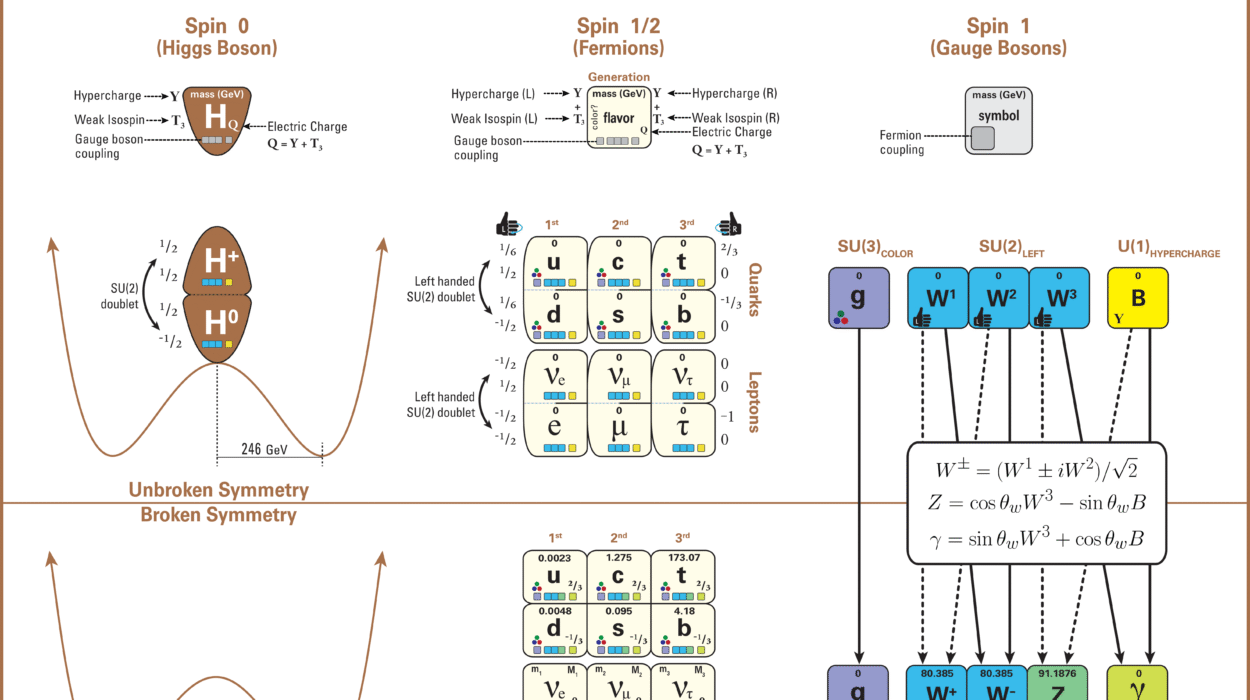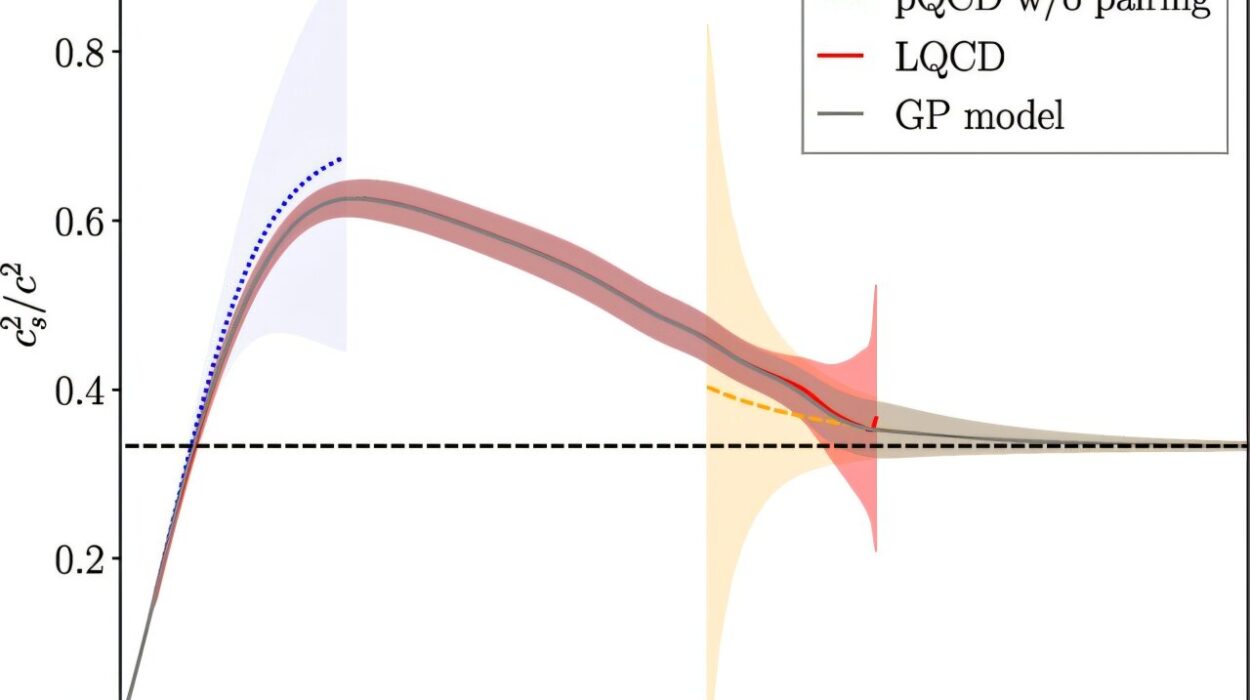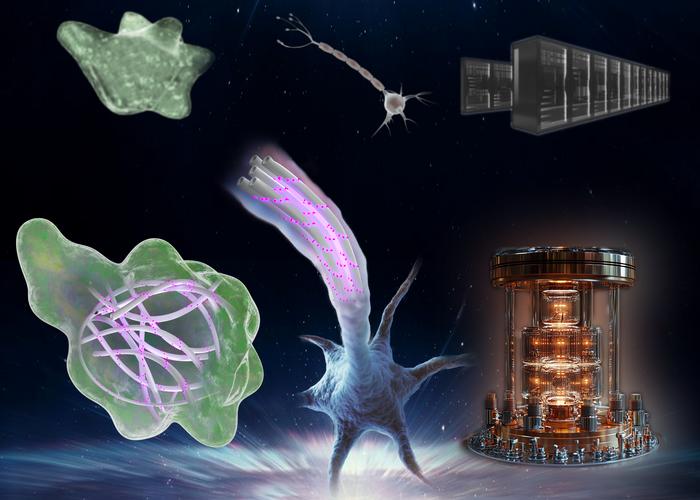Imagine a world where even the smallest particles interact with each other in complex, invisible ways, shaping the very properties of the materials around us. Now, imagine being able to understand exactly how these interactions happen, down to the most intricate detail. That is the realm of particle physics, where Feynman diagrams—simple, abstract drawings of particle interactions—have served as crucial tools for decades. But as physicists push the boundaries of knowledge, a new method has emerged that could finally solve a longstanding puzzle in materials science, potentially transforming our understanding of quantum materials and revolutionizing future technologies.
A team of scientists at Caltech, led by Professor Marco Bernardi, has developed a fast, efficient way to add up these diagrams—referred to as Feynman diagrams—and solve the notorious polaron problem. Their breakthrough opens up unprecedented opportunities to predict and manipulate how electrons flow in materials, whether they are conventional metals or cutting-edge quantum materials. This new method doesn’t just compute interactions; it revolutionizes how we think about the most fundamental particles in the universe.
The Mystery of Polarons: Where Electrons and Lattices Become One
The polaron problem has long confounded scientists. It’s a paradox of sorts: in some materials, electrons don’t simply zip through the crystal lattice like free-roaming particles. Instead, they interact so strongly with the vibrations of the atomic lattice that they form a hybrid state—the polaron. This entangled state between the electron and the lattice distorts the material and drastically affects its electronic properties, such as its conductivity.
Polarons are critical to understanding a broad spectrum of materials—ranging from semiconductors and insulators to materials used in electronics and energy storage. For example, when an electron is placed in a material with ionic bonds, it can cause the surrounding atoms to shift, creating a localized polaron state. This phenomenon reduces electron mobility and can heavily influence how a material conducts electricity.
However, predicting how these polarons behave has been an insurmountable challenge. The interactions between electrons and atomic vibrations are so complex and multi-layered that attempting to calculate them using traditional methods is akin to navigating a maze of infinite dimensions.
Feynman Diagrams: The Visual Language of Particle Physics
Feynman diagrams, named after the legendary physicist Richard Feynman, have been used since the 1940s to represent the complex interactions between subatomic particles like electrons, photons, and other fundamental forces. These diagrams are deceptively simple—straight lines for particles, wavy lines for photons, and vertices where these lines meet. Yet, behind their simplicity lies a vast sea of calculations.
Each diagram corresponds to a mathematical expression that encapsulates a specific interaction between particles. The more complex the system, the more diagrams are needed to describe all possible interactions. To get an accurate picture of how particles scatter and collide, scientists must sum up all the possible diagrams—and that’s where the difficulty arises.
As Professor Bernardi puts it, “Summing all Feynman diagrams with quantitative accuracy is a holy grail in theoretical physics.” It’s a problem that’s been daunting researchers for decades, but thanks to the ingenuity of Bernardi’s team, the holy grail is now within reach.
The Breakthrough: Diagrammatic Monte Carlo (DMC)
The team at Caltech approached this massive challenge by using a technique called diagrammatic Monte Carlo (DMC). Think of it like a massive treasure hunt through a sprawling forest of possibilities, where you’re trying to find the most important clues about particle behavior. In this case, DMC randomly samples various spots within the vast space of all possible Feynman diagrams, carefully selecting the most crucial interactions to focus on.
As Yao Luo, the lead author of the study, explains, “It’s like trying to predict the stock market by understanding the interactions between every single trader. The challenge is that there are too many interactions to track them all. Instead, we can intelligently sample and focus on the most relevant ones.”
The team also introduced another significant innovation: matrix compression. This technique reduces the computational load by simplifying the mathematical matrices that represent electron-phonon interactions, making the analysis far more efficient.
Perhaps most groundbreaking of all is the near-elimination of the “sign problem” in DMC, a major issue that previously limited the method’s ability to calculate electron-phonon interactions. By viewing diagrams as mathematical objects known as tensors—multi-dimensional matrices—the team was able to sidestep this hurdle.
With these advancements, the team could now compute and sum the infinite array of Feynman diagrams that describe electron-phonon interactions in materials with unprecedented precision.
Solving the Polaron Problem: A Quantum Leap Forward
In their paper published in Nature Physics, the team demonstrated their new method by applying it to a variety of materials that contain polarons. They successfully calculated how electrons interact with atomic vibrations in materials like lithium fluoride, titanium dioxide, and strontium titanate—each of which exhibits different polaron behaviors. By solving this complex problem, the team provided clear predictions for how these materials would behave under various conditions.
The implications are huge: not only could this work lead to more efficient semiconductor and energy storage technologies, but it could also aid in the development of next-generation quantum materials, which rely on strong electron-phonon interactions.
A World of Possibilities
The Caltech team’s achievement doesn’t just solve the polaron problem; it opens up entire new realms of research. Their method can be used to predict and understand a variety of phenomena in quantum materials—ranging from electrical transport and superconductivity to spectroscopy and light-matter interactions.
“This new method could be applied in studying strong interactions between light and matter, potentially offering a blueprint for solving even more complex problems in entirely different physical theories,” says Bernardi. The team’s breakthrough might one day become the cornerstone of a new generation of materials with tailored properties, from quantum computers to high-efficiency solar cells.
It’s a powerful reminder of how far we’ve come in understanding the fundamental forces that govern our universe—and how much further we still have to go. With the tools developed by Bernardi, Luo, and their colleagues, the future of physics and materials science looks brighter than ever.
Reference: Yao Luo et al, First-principles diagrammatic Monte Carlo for electron–phonon interactions and polaron, Nature Physics (2025). DOI: 10.1038/s41567-025-02954-1






